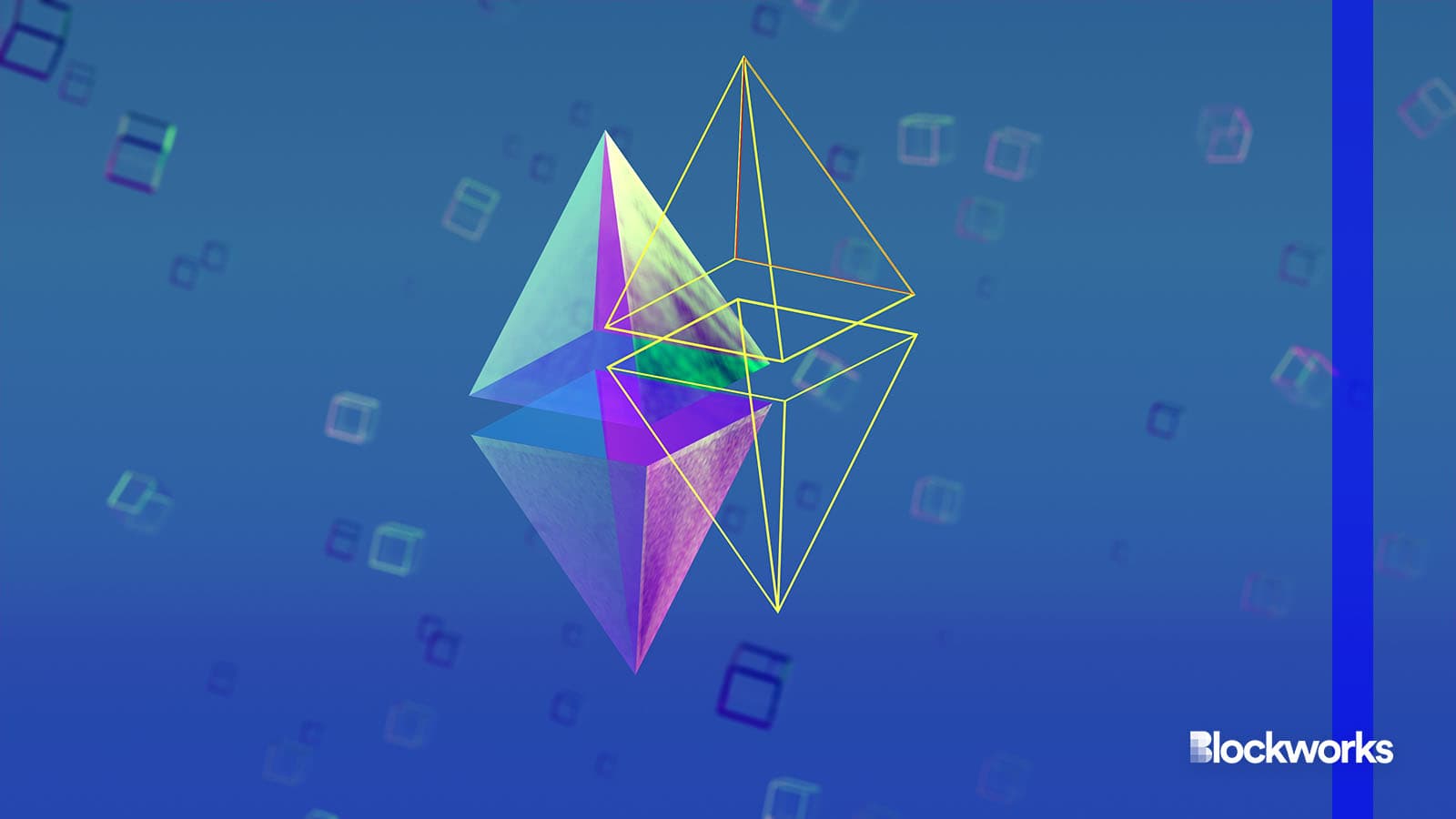New Ethereum rollup takes a zero-knowledge approach to sharding
zkSharding, the =nil; Foundation’s entry into the layer-2 race, aims to help reduce liquidity fragmentation on-chain

Maurice NORBERT/Shutterstock, modified by Blockworks
Ethereum scaling solution builder =nil; Foundation has introduced zkSharding for Ethereum, the latest infrastructure attempt at gaining faster transaction speeds while maintaining Ethereum’s economic security.
Sharding, unlike other popular scaling solutions, is designed to divide the Ethereum network into different sections and process transactions in a cheaper, more efficient manner.
ZkSharding utilizes zero-knowledge (zk) technology to generate proofs, ensuring that transactions are valid across different layer-2 shards before being submitted to Ethereum mainnet. The greater the sub-shards, the higher the maximum throughput on Ethereum.
This technique is not to be confused with Proto-Danksharding, which refers to Ethereum Improvement Proposal (EIP) 4844, and whose primary purpose is to reduce the costs of transactions for zk rollups by storing them in temporary data blobs, Misha Komarov, CEO and co-founder of =nil; Foundation told Blockworks.
All zk rollups can benefit from Proto-Danksharding, but only applications built on =nil; will be able to benefit from zkSharding on top of that, Komarov explains, noting that data-intensive environments and high-load environments will be able to benefit most from zkSharding.
“As a zk rollup, =nil; benefits from Proto-Danksharding that cheapens storing transactions on Ethereum, however zkSharding as a scaling concept addresses fragmentation of liquidity and economic security,” Komarov said.
ZkSharding represents a combination of modular and monolithic blockchain architectures and delivers an appropriate solution based on its features in a competitive layer-2 environment, he said.
“We believe that zkSharding addresses the drawbacks common for other alternatives on the market that go, by design, with application-specific scaling,” she said.
Specifically, Komarov notes that applications built on other zk rollups can only interact with liquidity or data that was migrated to its specific zk rollup environment, limiting market efficiency and creating additional trust assumptions and costs through bridges for interoperability.
“zkSharding introduces separate shards as dedicated execution layers that are fully composable with each other, meaning a transaction can trigger the creation of new transactions on other shards,” Komarov said.
The goals are familiar from other zk-based scaling approaches such as zkSync’s, however. ZkSync terms chain connections using the ZK Stack architecture “hyperbridges,” which are also designed to trigger transactions on other “hyperchains,” a spokesperson told Blockworks.
“As a rule, don’t trust, verify the claims of those that promise to solve the layer-2 fragmentation of liquidity issues — even with cutting-edge zk tech, it’s definitely not solvable for native assets without adding non-negligible security assumptions,” the spokesperson said.
Finding the proof in the pudding will have to wait in the case of the new =nil; layer-2, which is initially operating with a single shard on a testnet.






